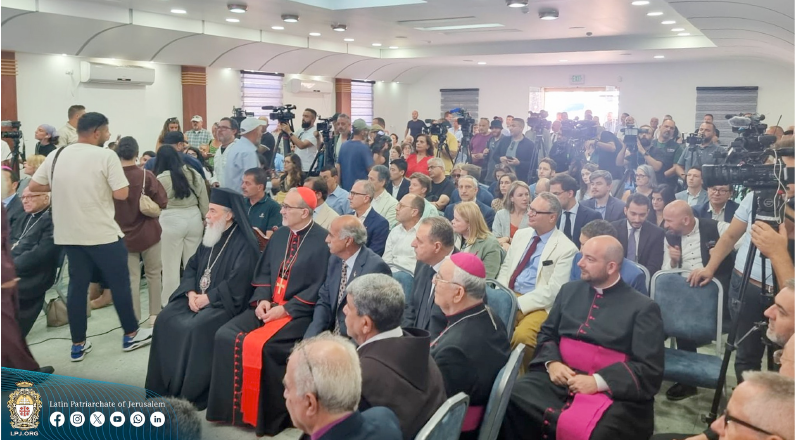5 Innovative Ways Humanitarian Organizations Are Using Technology
- jin376
- Jan 6, 2024
- 2 min read
In the fast-paced world of technology. Humanitarian organizations are increasingly adopting innovative solutions to enhance their operations. From data analytics to mobile technology. These tools are revolutionizing how aid is delivered. Especially in a tech-savvy nation like Singapore. Let's explore five groundbreaking ways technology is being utilized in humanitarian efforts.
1. Mobile Technology for Rapid Response
Instant Communication
Mobile technology has become a game-changer for humanitarian organizations. It allows instant communication and coordination among teams, especially in crisis situations. In Singapore, mobile penetration is extremely high. Organizations use this information to quickly disseminate information and mobilize resources.
Enhancing Aid Delivery
Moreover, mobile apps are used for efficient distribution of aid. By tracking the needs of affected populations through these apps. Organizations can provide targeted assistance. This is why we've developed Help! Thereby reducing waste and ensuring that help reaches those who need it most.
2. Drone Technology for Accessing Remote Areas
Reaching the Unreachable
Drones are revolutionizing how humanitarian aid reaches remote and inaccessible areas. They are used for aerial surveys. Assessing damage after natural disasters. As well as delivering essential supplies to areas where traditional vehicles can't reach.
Singapore's Contribution
Singapore has been at the forefront in developing drone technology for humanitarian use. Local companies are innovating in creating drones that can carry heavier loads. They can now travel longer distances, making aid delivery more efficient.
3. Data Analytics for Informed Decision Making
Power of Data
Data analytics plays a crucial role in understanding and responding to humanitarian crises. By analyzing data from various sources. Organizations can predict crisis trends and allocate resources effectively. Organizations can measure the impact of their interventions.
Singapore's Expertise
Data analytics is used to optimize the operations of humanitarian organizations. This includes analyzing patterns in donor behavior. This means optimizing aid distribution routes. Thus ensuring that resources are used in the most effective manner.
4. Social Media for Awareness and Fundraising
Spreading the Word
Social media platforms are powerful tools for raising awareness and funds. Humanitarian organizations use these platforms to share stories from the field. Therefore increasing visibility and encouraging public support.
Crowdfunding Campaigns
Additionally, social media is used for crowdfunding campaigns. Organizations have successfully used social media to fund specific projects. Allowing donors to see the direct impact of their contributions. There are platforms like GoFundMe which anyone can use to raise funds too.
5. Virtual Reality for Empathy and Engagement
Immersive Experiences
Virtual Reality (VR) offers immersive experiences. VR brings distant humanitarian crises closer to the public. By using VR, organizations can create empathy. VR can get a deeper understanding of the challenges faced by those in need.
Educational Tool in Singapore
VR is used as an educational tool to engage the community. It is especially for the youth. This interactive technology helps in building a more informed and empathetic society.
Technology is playing a vital role in transforming humanitarian work. These innovative tools make aid delivery more efficient. They also bridging the gap between those in need and those who can help. As technology evolves, more solutions will emerge in the humanitarian sector.






Comments